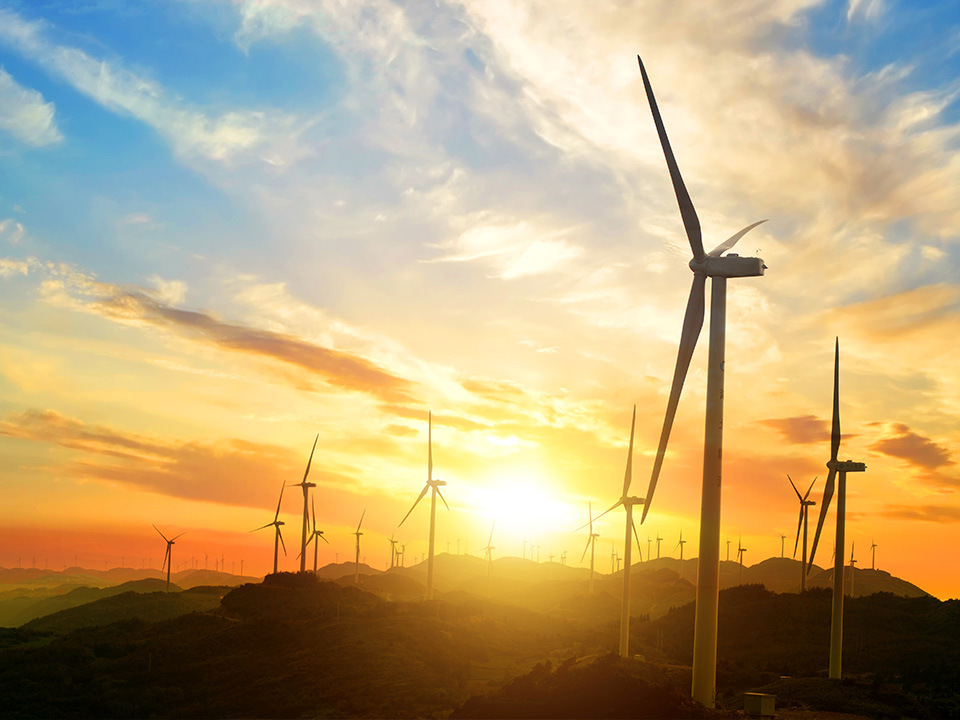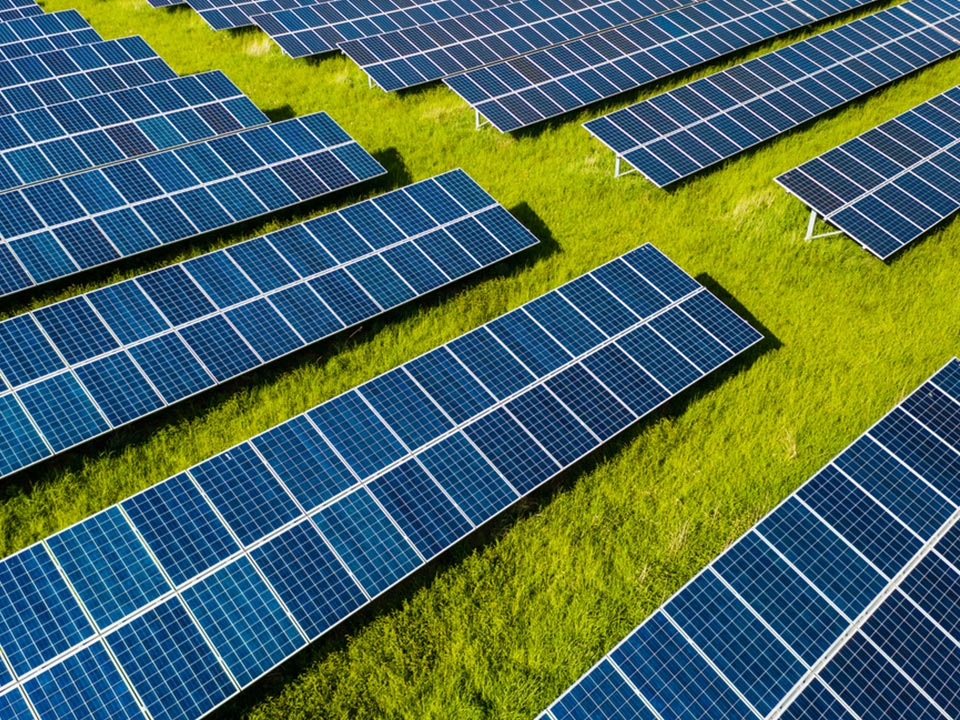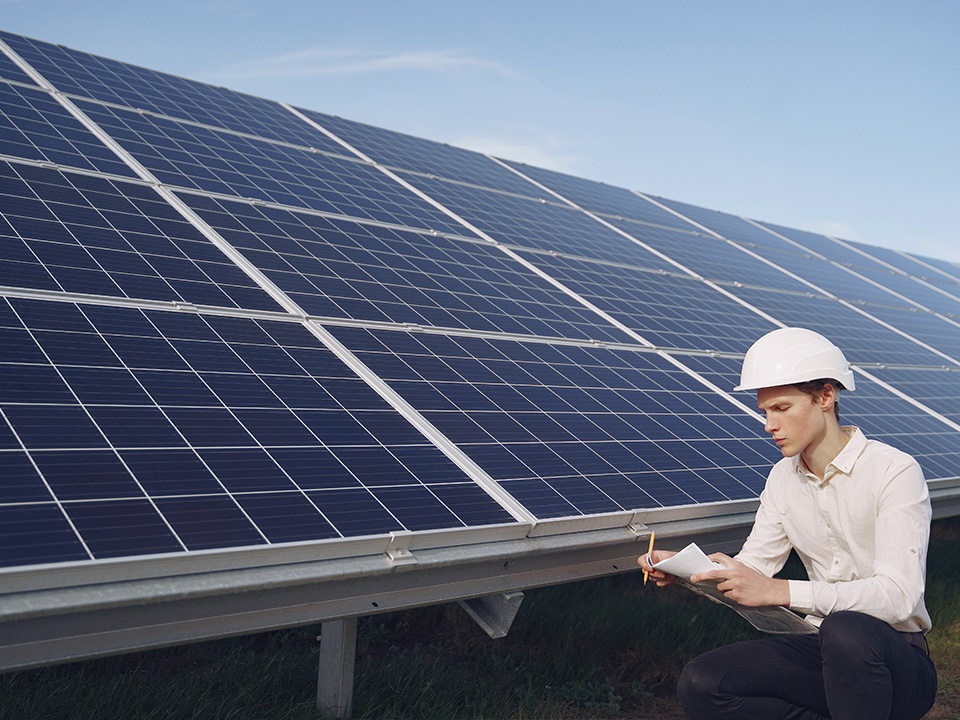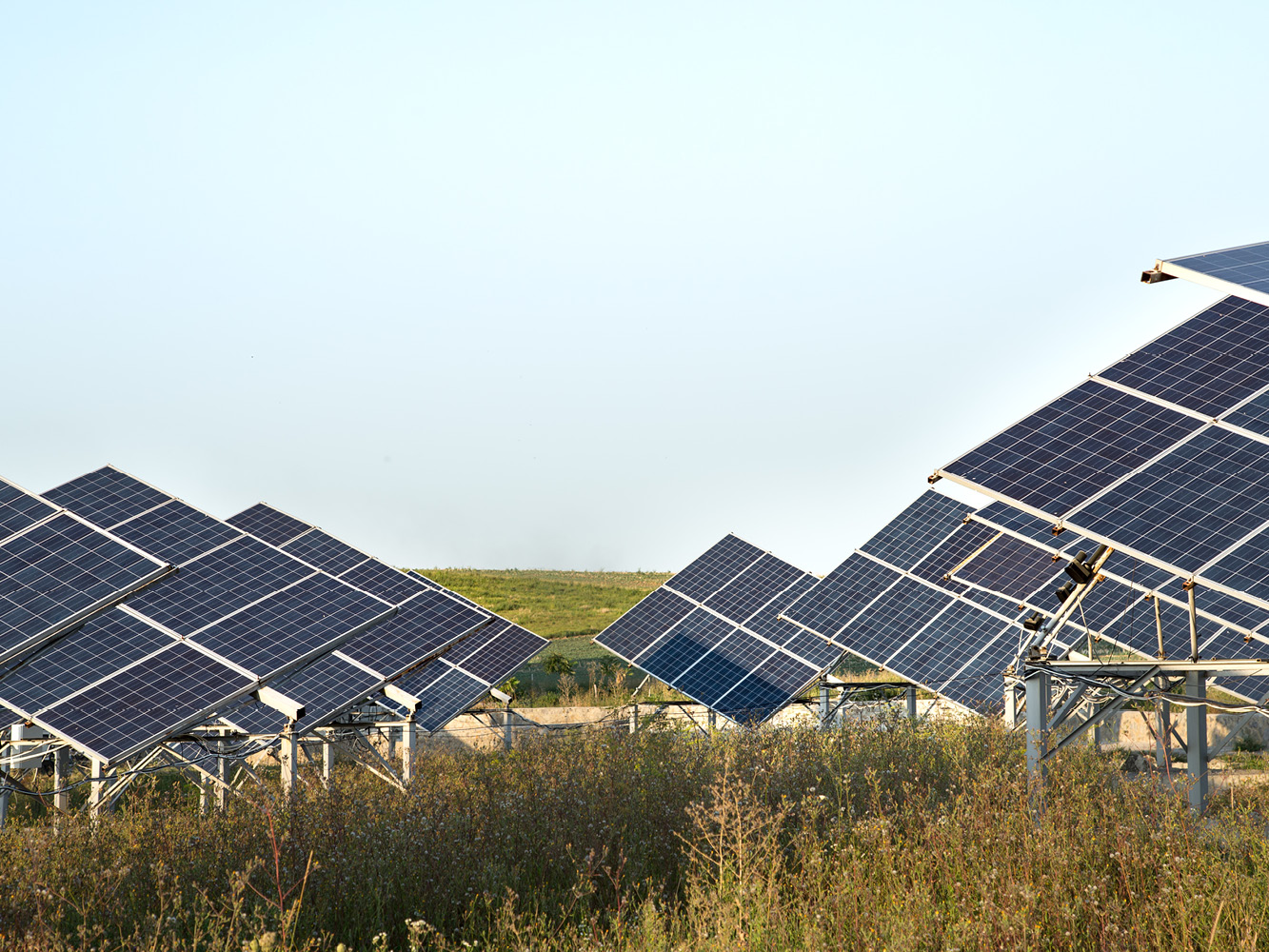
There are new urban systems in addition to roofs, axes and spaces that integrate infrastructure for solar energy production, transport and storage in the city. What are the benefits, limitations and recommendations regarding peri-urban agri-voltaics as well?
Starting with the new concept of “proximity energy”: consuming energy close to where you produce or producing it close to where you consume it, we are going to use solar photovoltaic energy more and more. But will the available rooftops be enough? What urban area will be most suitable for new PV systems? And what characteristics should they have in order to fit into the area?
Some solutions emerged during the recent conference “Agrivoltaic and the City” organized by the Clust-ER Greentech association.
Three answers were identified: the so-called “Orange Infrastructure,” Peri-urban Agrivoltaic, and Energy Park.
These are new axes (Orange Infrastructure) and spaces (Peri-urban Agrivoltaic and Energypark) designed to introduce new energy production, transportation, and storage facilities into the city. In order for these components to fit well into the urban environment, they should also be usable by the community, and equipped with parks, urban gardens and relationship spaces.
The Energy park, for example, is an energy and social project: a green infrastructure, at the fringe areas of the cities, composed of three functional units: a forest with an urban park for citizens’ recreational activities; a part dedicated to agrivoltaics and precision agriculture; and another area for rainwater harvesting. The renewable energy produced by the facility can be used to recharge electric cars, parked inside the Energy Park, or to produce hydrogen for public transportation.
The model is flexible and can be put into practice even where there are land constraints, such as pre-existing agricultural crops, roads and buildings. This is a concept can be of interest to both cities and companies.
The Hera Group is engaged in an energy park that will occupy about 70 hectares and 30 MW of agrivoltage. It is currently in the design phase and has applied to Terna for connection to the high-voltage grid, and will then move on to the authorization phase. It seems, moreover, that several municipalities are interested in this model. The park will not only be owned by Hera but also by citizens; in fact, a model is being considered that would allow private individuals to buy a PV panel in the park and discount the energy produced by that panel from their bill. Businesses will also be able to acquire shares in the energy park to procure solar electricity at lower than market prices.


